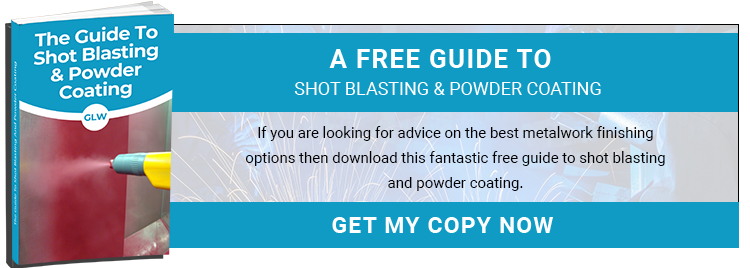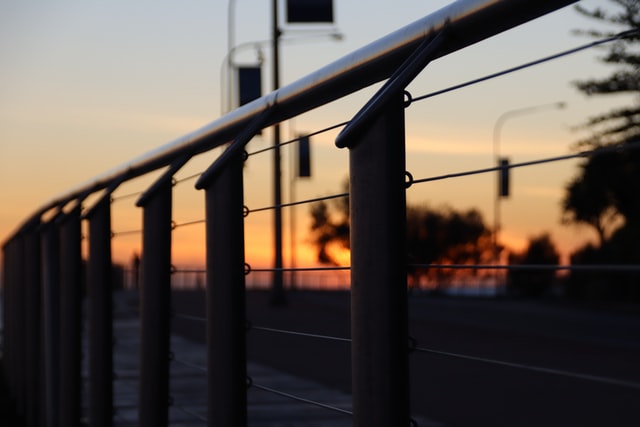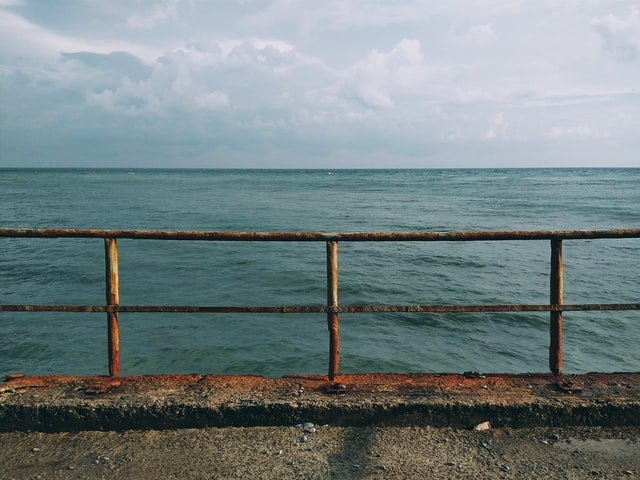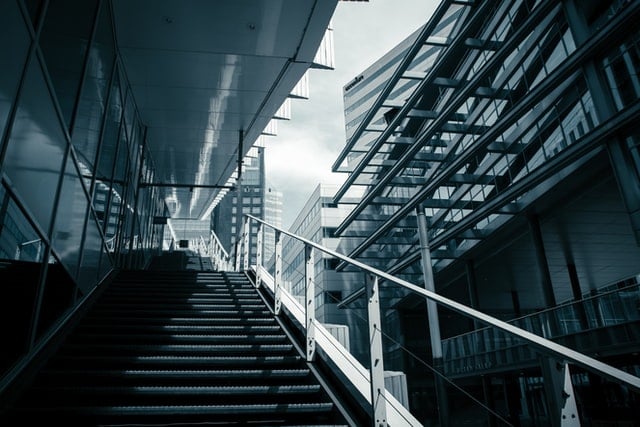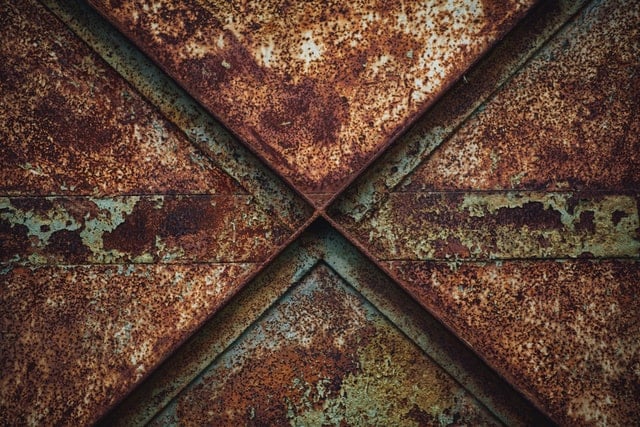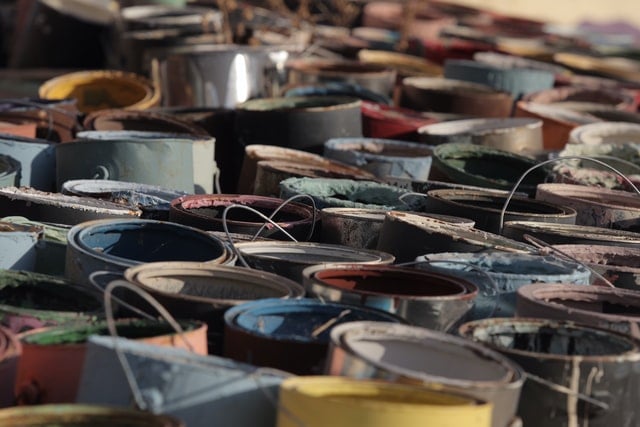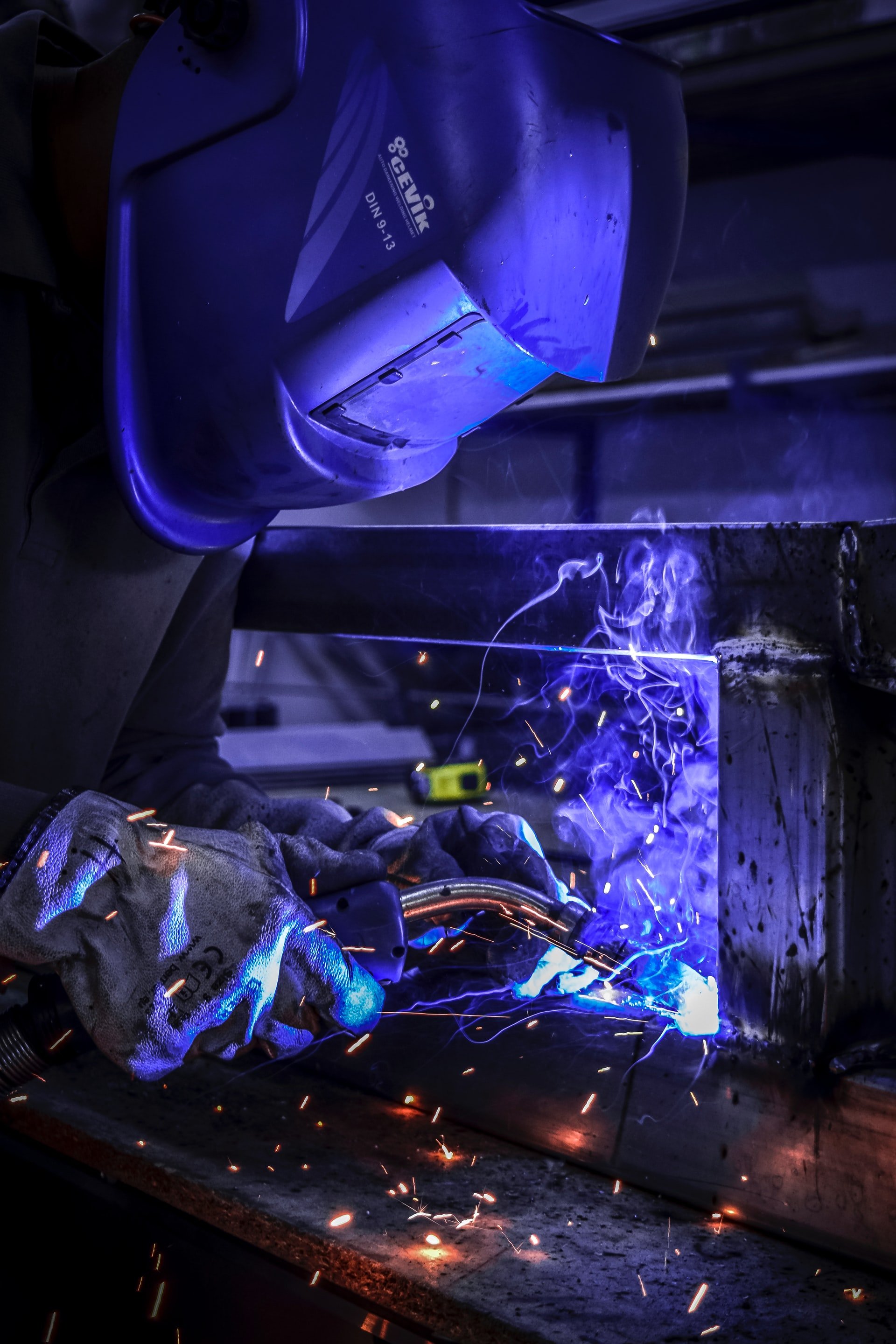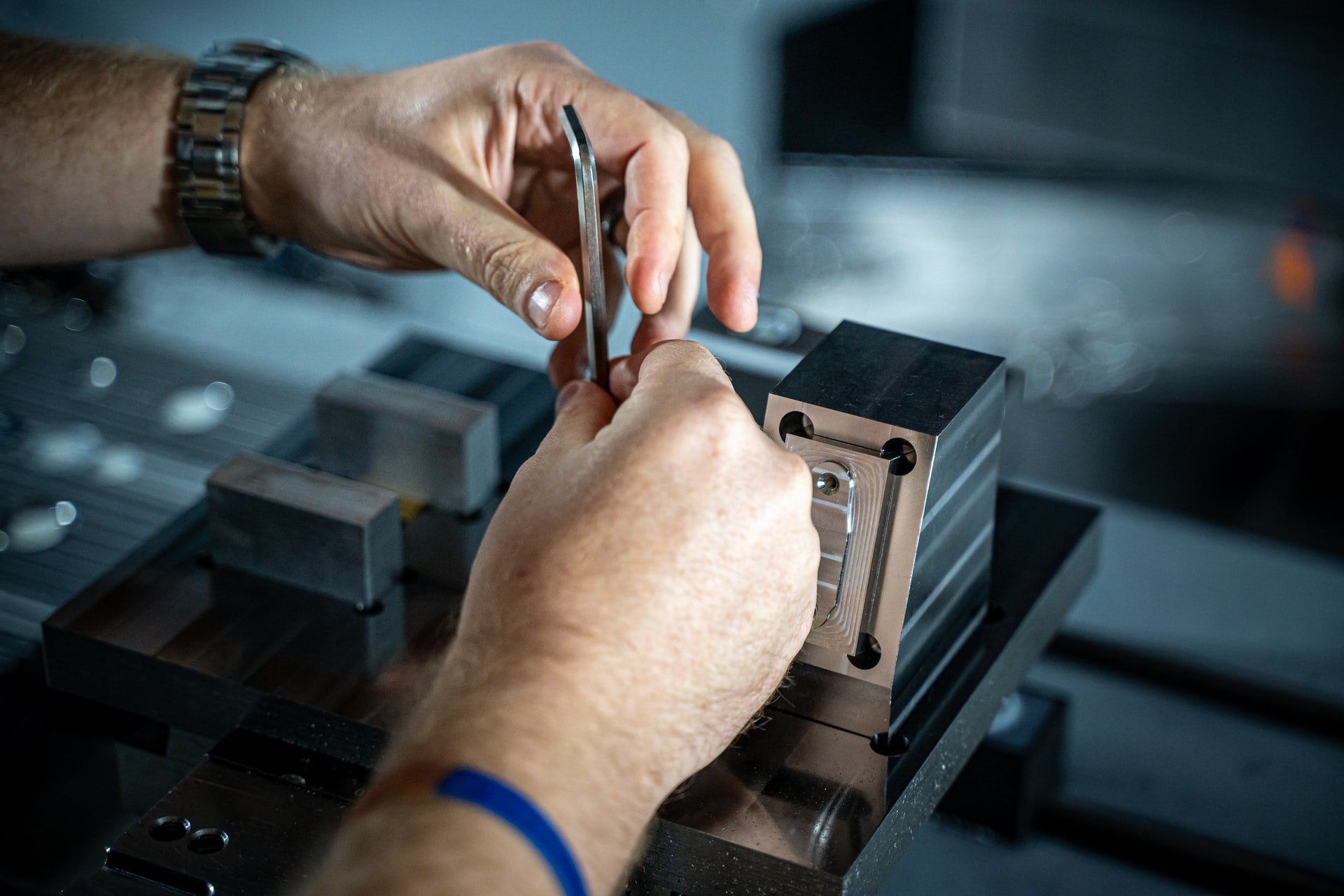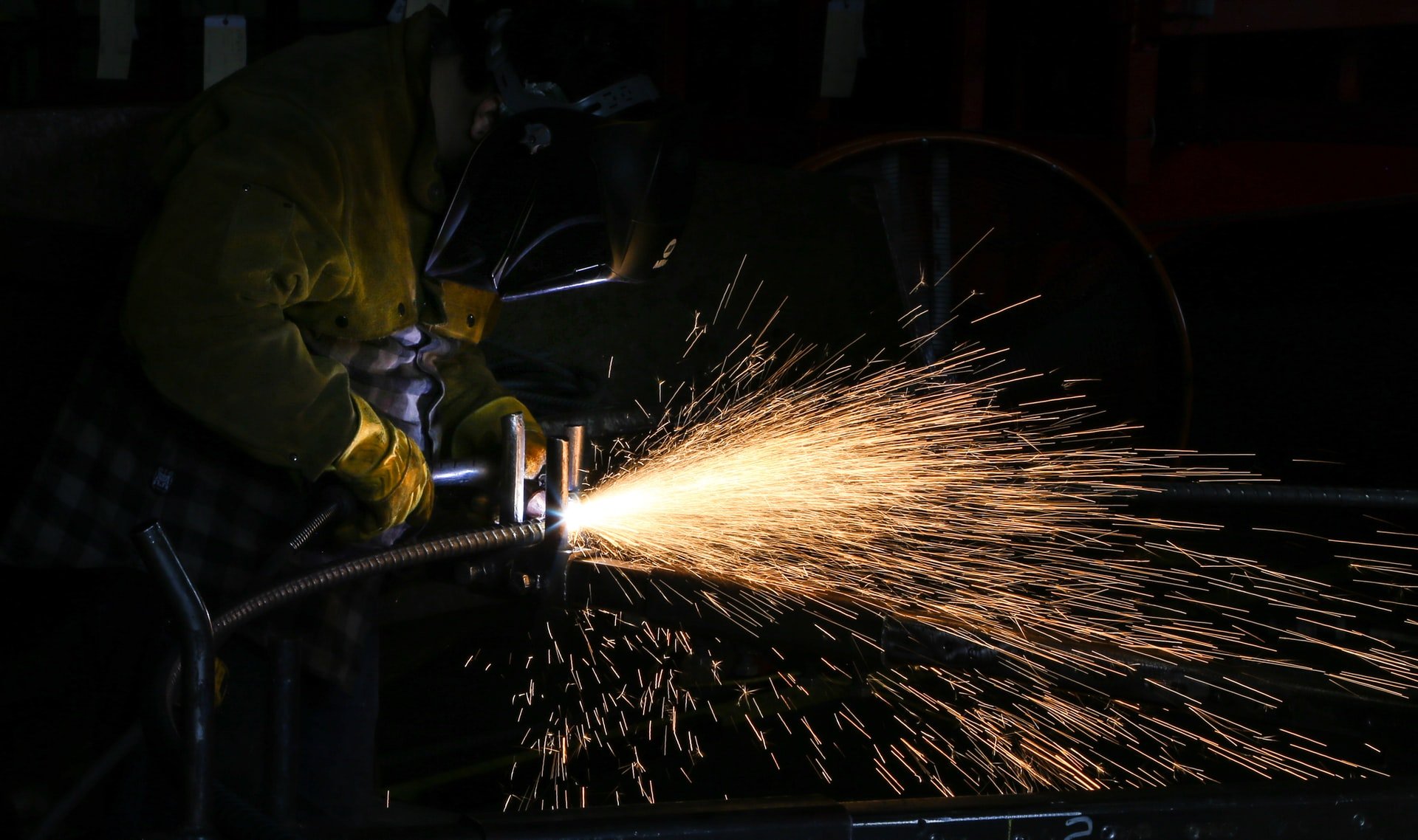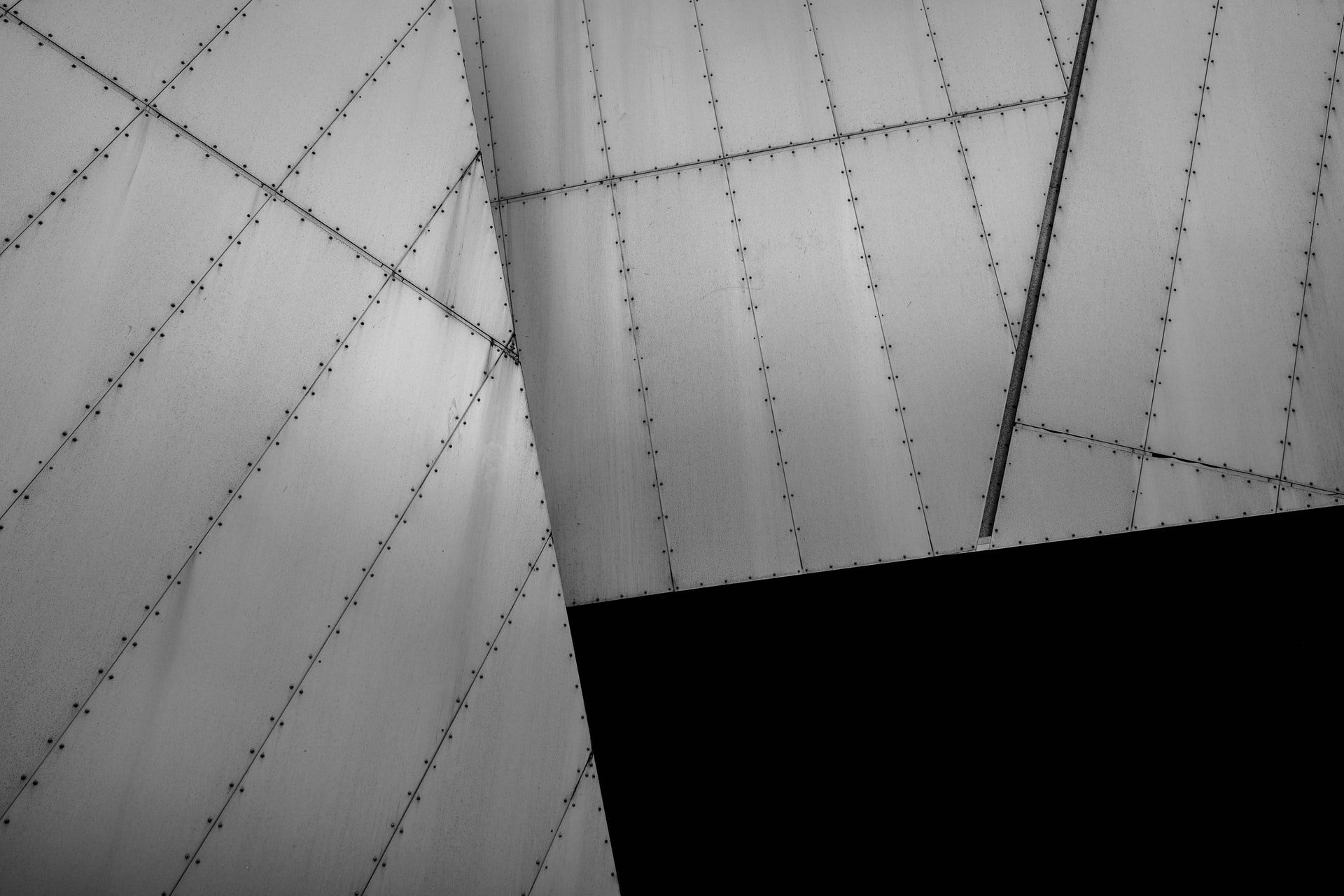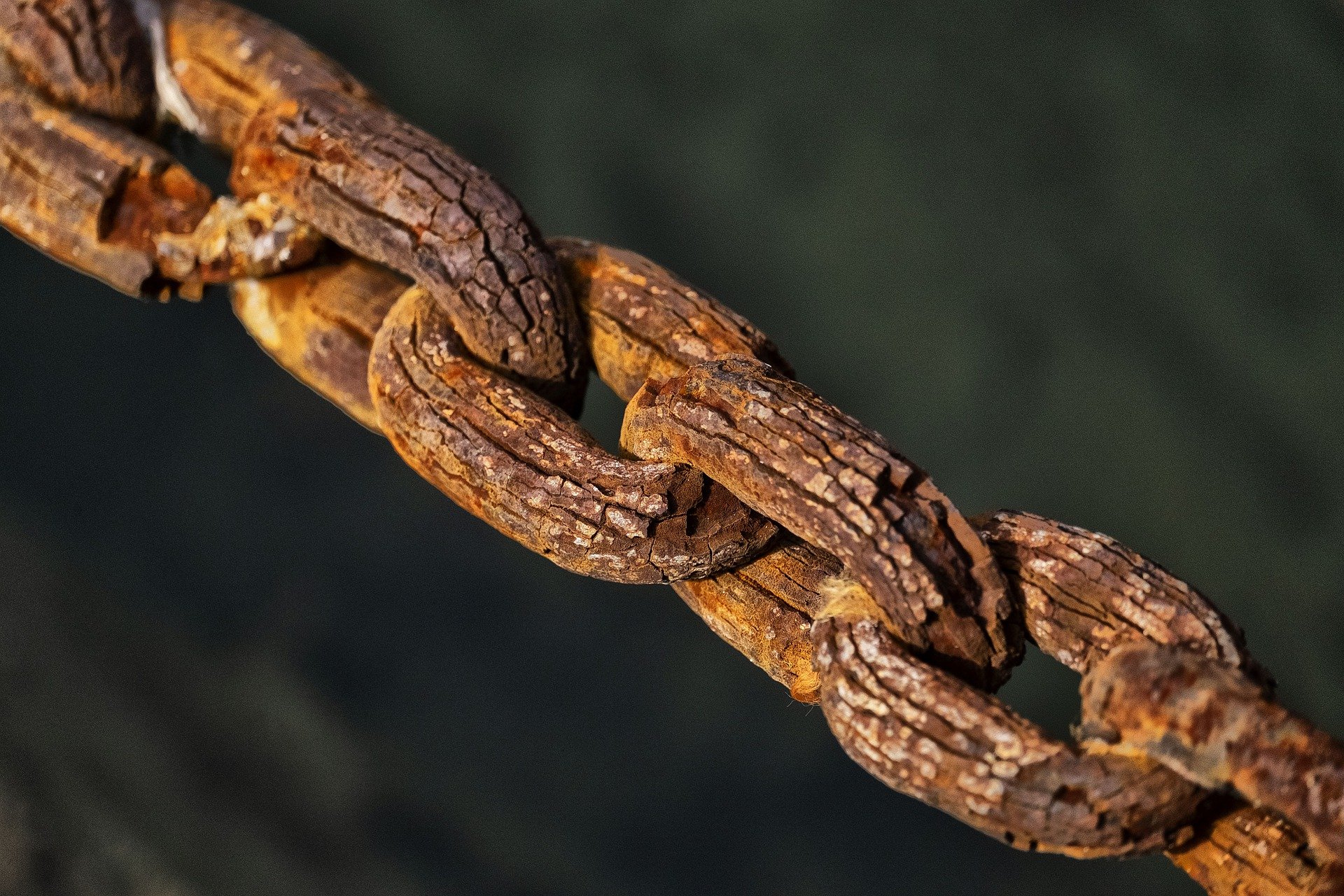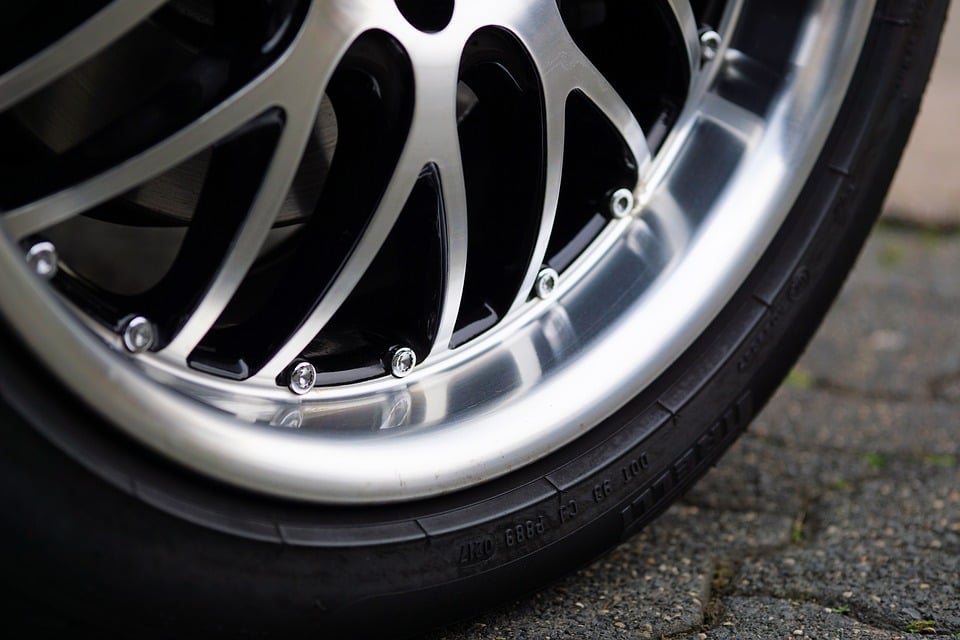
You will probably have seen the eye-catching results of alloy wheel powder coating. A customer may have requested it or you may be considering trying it for your next auto repair or restoration project.
In powder coating a free flowing dry powder is applied to the target surface electrostatically to ensure initial adhesion. Powders are manufactured from thermoset or thermoplastic polymers with added pigments.
Powder coating is not just an attractive, durable and long lasting finish. It is also protective, forming a reliable anti-corrosion barrier that is highly resistant to weather extremes, heat and chemicals. It is also environmentally friendly as no undesirable fumes or by-products are released during the application process.
The Powder Coating Process
There are three separate steps in the powder coating process:
1) Preparation
Surface preparation is the most critical step because if it is not done carefully, the finished coating may flake off. The surface must be stripped down to the substrate and be 100% free of rust, dust, oil and grease. Shot blasting or sand blasting is the recommended treatment for preparing most metal surfaces to remove old paint or rust. Grease and oils are best removed in solvent, either liquid baths or vapour booths.
2) Applying The Powder
A special electrostatic gun gives the powder a positive charge. As long as the target is properly earthed, it means the powder adheres to the surface. The gun has a power socket, usually for a DC connection, an inlet for a compressed air supply, and either a tube to a powder reservoir or an attached receptacle of powder. A spray booth is customary so that the powder discharge area is suitably contained and also to recover and recycle excess sprayed powder.
3) Curing
To melt the polymers and make them flow, coated objects need to be heated to between 160° C and 200° C for about 15-20 minutes. Thicker steel parts may need to be pre-heated first before allowing them the 20 minutes curing time. Smaller parts may be cured in a non-gas oven while infra-red or halogen lamps are commonly used to cure larger objects.
Find Out More
Our workshop in March, Cambs, serves customers in the Cambs, Norfolk, Suffolk and Lincolnshire area for all their shot blasting and powder coating needs. Contact us for a free quote or to discuss the details of your powder coating requirements.
Image source: Pixabay


